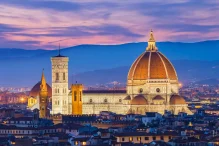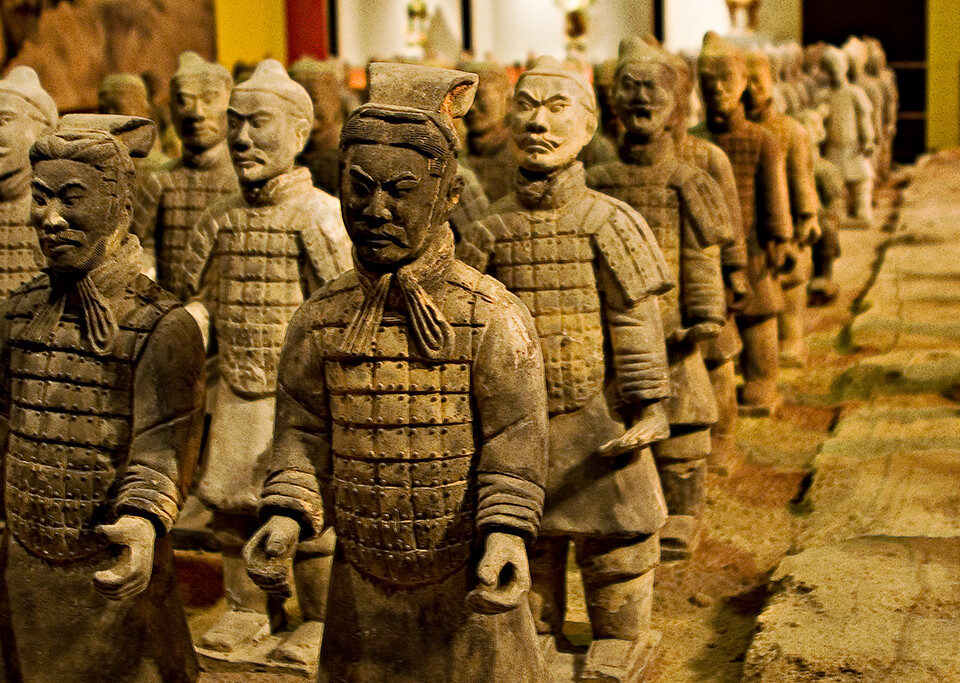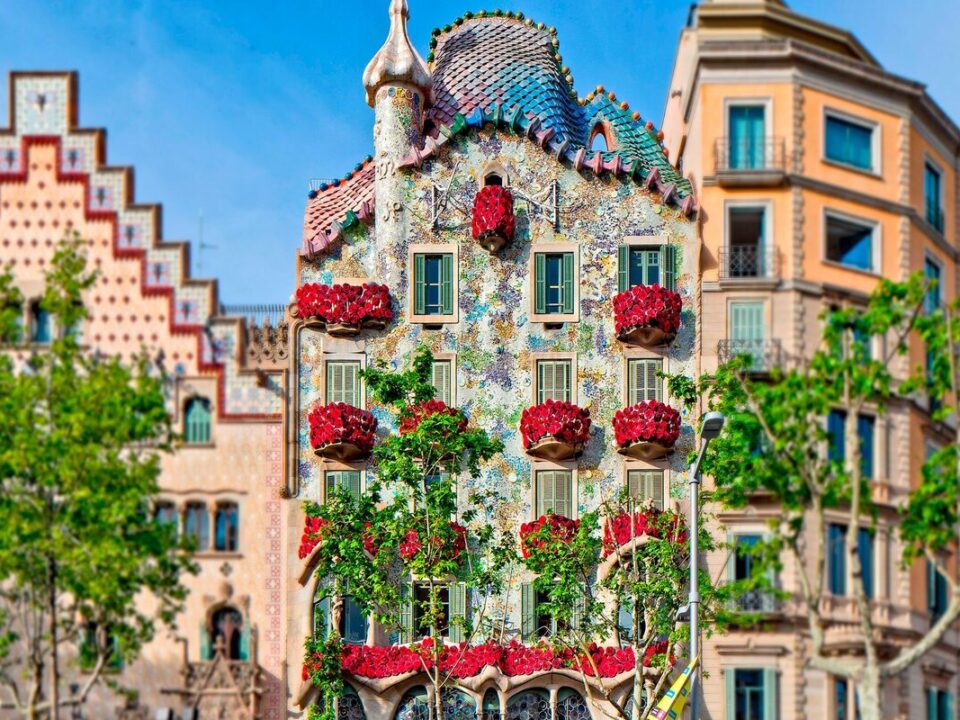Florence Cathedral (Duomo), Italy: A Comprehensive Tourist Guide
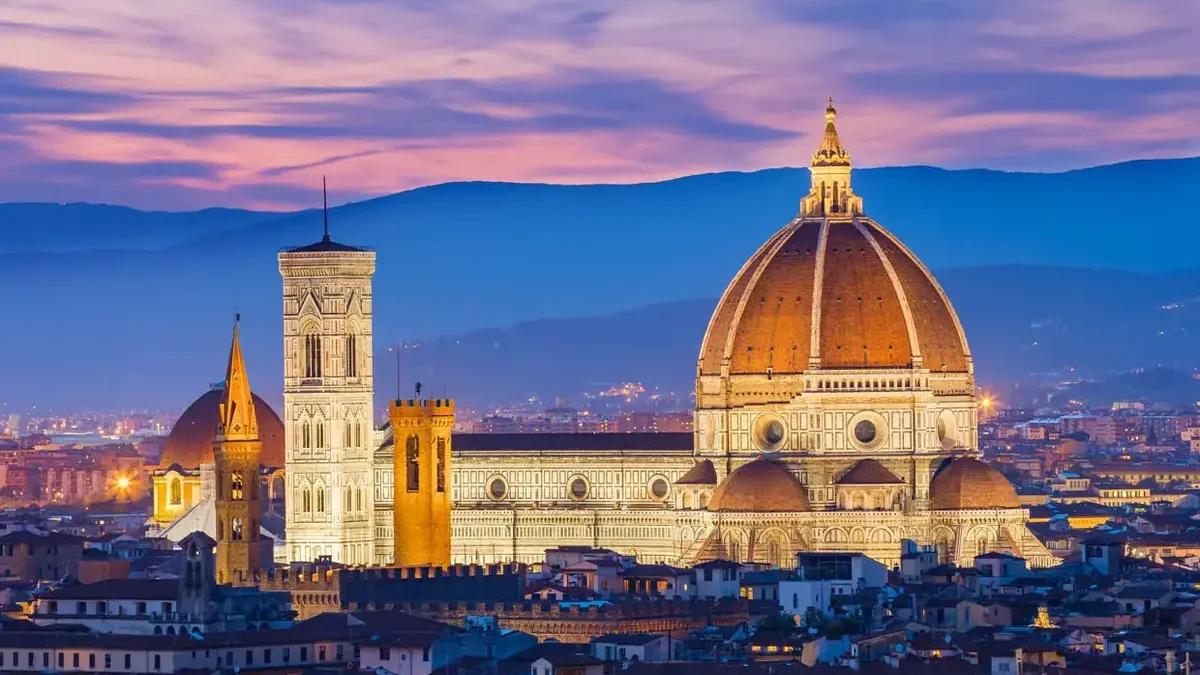
Florence Cathedral (Duomo), Italy: A Comprehensive Tourist Guide
Florence Cathedral (Duomo), Italy: A Comprehensive Tourist Guide
Florence Cathedral, known locally as Il Duomo di Firenze, stands as a monumental testament to Renaissance architecture and art. Dominating the skyline of Florence, Italy, this iconic structure, officially named the Cathedral of Santa Maria del Fiore, draws millions of visitors annually. This comprehensive guide aims to provide all the essential information needed for a memorable trip, ensuring a rich and immersive experience at this historical masterpiece.
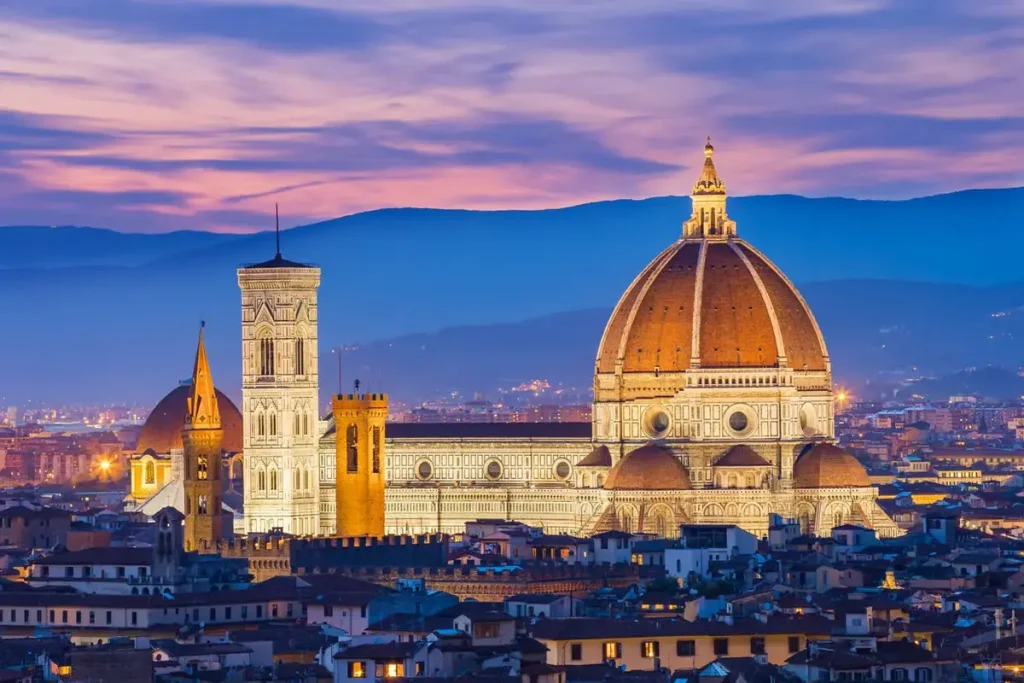
Historical Background
Early Beginnings
The Florence Cathedral’s construction began in 1296 on the site of the ancient cathedral of Santa Reparata, under the design of Arnolfo di Cambio. The project aimed to reflect Florence’s growing power and prosperity, with a grandiose structure that would surpass any other in the region.
Architectural Innovations
One of the most significant milestones in the cathedral’s construction was the design and completion of its massive dome, an architectural feat achieved by Filippo Brunelleschi in the early 15th century. Brunelleschi’s innovative use of a double-shell dome and herringbone brick pattern allowed for the creation of the largest dome in the world at the time, which remains an engineering marvel.
Completion and Enhancements
The cathedral was consecrated in 1436 by Pope Eugenius IV, but work continued on various elements, including the façade and the interior decoration. The current façade, designed by Emilio De Fabris, was completed in the 19th century, replacing the original medieval façade that was never finished.
Architectural and Artistic Highlights
The Façade
The façade of Florence Cathedral, completed in the 19th century, is a masterpiece of Gothic Revival architecture. It features intricate marble panels in green, pink, and white, creating a stunning visual impact. The elaborate decorations include statues of saints, intricate reliefs, and beautifully carved doors that welcome visitors.
The Dome
Brunelleschi’s dome is the most iconic feature of the Florence Cathedral. Standing at 114 meters (374 feet) high, it dominates the Florentine skyline. Visitors can climb the 463 steps to the top for a breathtaking view of Florence and the surrounding Tuscan countryside. The interior of the dome is adorned with Giorgio Vasari’s frescoes of the Last Judgment, completed by Federico Zuccari, adding to the awe-inspiring experience.
The Baptistery of San Giovanni
Located just in front of the cathedral, the Baptistery of San Giovanni is one of the oldest buildings in Florence, dating back to the 11th century. Its exterior is decorated with white and green marble, and it is famous for its magnificent bronze doors, including the “Gates of Paradise” by Lorenzo Ghiberti. The interior features a stunning mosaic ceiling depicting the Last Judgment.
Giotto’s Campanile
The bell tower, or campanile, designed by Giotto, stands adjacent to the cathedral. This 85-meter (278 feet) tower is a masterpiece of Gothic architecture, decorated with sculptures and reliefs. Visitors can climb the 414 steps to the top for another panoramic view of Florence.
The Interior
The interior of Florence Cathedral is relatively austere compared to its elaborate exterior. However, it houses significant artworks, including frescoes, stained glass windows, and sculptures. Notable pieces include the clock by Paolo Uccello, frescoes by Andrea del Castagno, and an imposing statue of Dante by Enrico Pazzi.
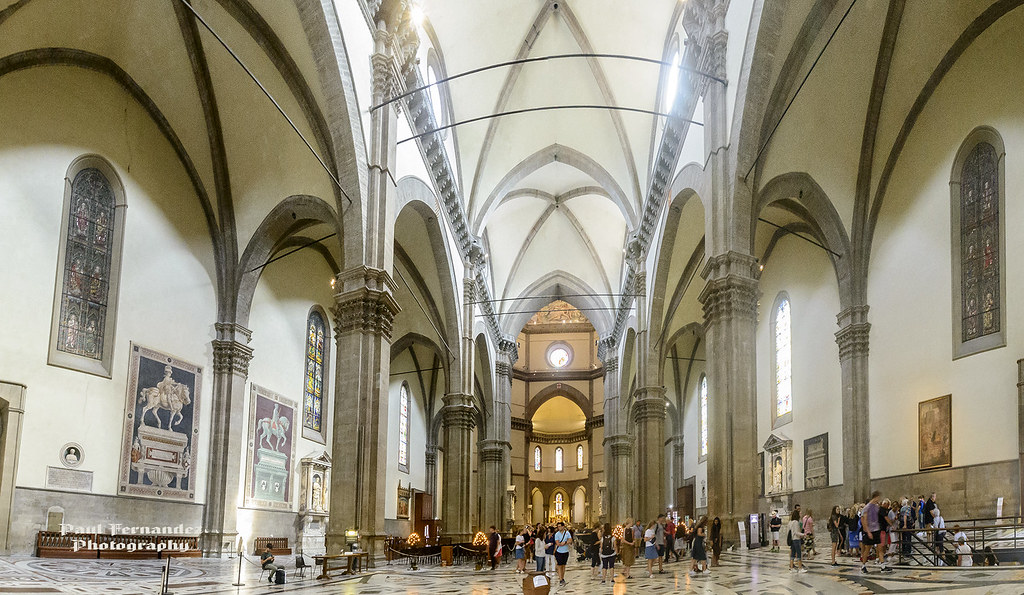
Visiting Florence Cathedral
Opening Hours
Florence Cathedral, its dome, the Baptistery, and Giotto’s Campanile have varying opening hours. It is advisable to check the official website or contact the visitor center for the most current information, as hours may change seasonally or due to special events.
Admission Fees
While entry to the main cathedral is free, tickets are required for access to the dome, the Baptistery, Giotto’s Campanile, and the crypt. Combination tickets are available, offering access to multiple sites at a discounted rate. It’s recommended to purchase tickets in advance, especially during peak tourist seasons, to avoid long lines.
How to Get There
Florence Cathedral is located in the heart of Florence, in Piazza del Duomo. The cathedral is easily accessible on foot from most central locations. Public transportation options include buses and trams, with several stops nearby. Florence’s Santa Maria Novella train station is also within walking distance.
Accessibility
The main cathedral is accessible to visitors with mobility issues, with ramps and elevators available. However, the dome and campanile climbs involve numerous steps and are not accessible to those with limited mobility. It is recommended to contact the visitor center for specific accessibility information and assistance.
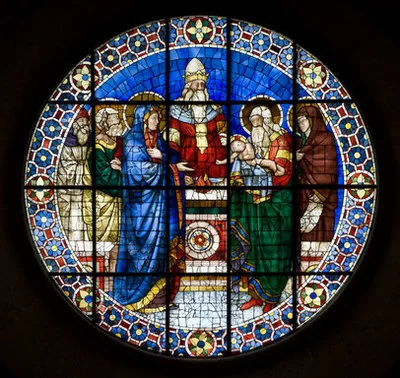
Tips for Visiting
Best Time to Visit
The best time to visit Florence Cathedral is early in the morning or late in the afternoon to avoid the peak crowds. Weekdays are generally less busy than weekends. Visiting during the shoulder seasons of spring and autumn can also provide a more pleasant experience with milder weather and fewer tourists.
What to Bring
- Comfortable Shoes: Be prepared for a lot of walking and climbing steps.
- Modest Clothing: As a place of worship, modest dress is required. Shoulders and knees should be covered.
- Camera: Photography is allowed in most areas, but flash photography may be restricted.
- Water Bottle: Staying hydrated is important, especially if you plan to climb the dome or campanile.
Guided Tours
Guided tours are available and highly recommended for those interested in the history and architecture of the cathedral. Knowledgeable guides provide in-depth insights and stories that enrich the visit. Private and group tours can be booked in advance.
Nearby Attractions
Uffizi Gallery
Just a short walk from Florence Cathedral, the Uffizi Gallery houses one of the most important collections of Renaissance art in the world. Masterpieces by artists such as Leonardo da Vinci, Michelangelo, Botticelli, and Raphael are on display, making it a must-visit for art enthusiasts.
Ponte Vecchio
The Ponte Vecchio, a medieval stone bridge over the Arno River, is famous for its picturesque shops built along its sides. Traditionally, these shops were occupied by butchers and fishmongers, but today they house jewelers and souvenir sellers. The bridge offers stunning views of the river and the city.
Palazzo Vecchio
Located in Piazza della Signoria, Palazzo Vecchio is Florence’s town hall and a symbol of the city’s political history. The building features grand halls, opulent rooms, and a tower that offers panoramic views of Florence. The museum inside houses works of art and historical artifacts.
Accademia Gallery
Home to Michelangelo’s David, the Accademia Gallery is another essential stop for art lovers. In addition to the iconic statue, the museum features works by other Renaissance artists and provides insight into Michelangelo’s creative process.
Boboli Gardens
Located behind the Pitti Palace, the Boboli Gardens are a beautiful example of Italian Renaissance gardens. The gardens feature fountains, sculptures, grottoes, and manicured lawns, offering a peaceful retreat from the bustling city.
Practical Information
Getting Around
Florence is a compact city, and most of its major attractions are within walking distance of each other. Public transportation, including buses and trams, is available for longer distances. Taxis and bike rentals are also options for getting around the city.
Dining
Florence offers a wide range of dining options, from casual trattorias to fine dining restaurants. Traditional Tuscan cuisine includes dishes such as ribollita (a hearty vegetable soup), bistecca alla fiorentina (Florentine steak), and pappardelle al cinghiale (pasta with wild boar sauce). Don’t forget to try some gelato for dessert!
Shopping
Florence is renowned for its leather goods, gold jewelry, and handcrafted items. The San Lorenzo Market and the Ponte Vecchio are great places to shop for souvenirs. High-end boutiques and designer stores can be found along Via de’ Tornabuoni.
Safety
Florence is generally a safe city for tourists, but it is always wise to take standard precautions. Keep an eye on your belongings, especially in crowded areas, and be cautious of pickpockets. Avoid walking alone in poorly lit areas at night.
Responsible Tourism
Cultural Respect
Florence Cathedral is a place of worship, and visitors should show respect for its religious significance. Dress modestly, speak quietly, and refrain from disruptive behavior. Photography should be done discreetly, and any restricted areas should be respected.
Environmental Impact
Travelers can minimize their environmental impact by using reusable water bottles, avoiding single-use plastics, and supporting eco-friendly businesses. Walking or using public transportation instead of renting cars can also reduce your carbon footprint.
Supporting Local Communities
Supporting local businesses, such as family-owned restaurants and artisan shops, helps sustain the local economy and preserves Florence’s cultural heritage. Consider taking guided tours led by local experts and staying in locally-owned accommodations.
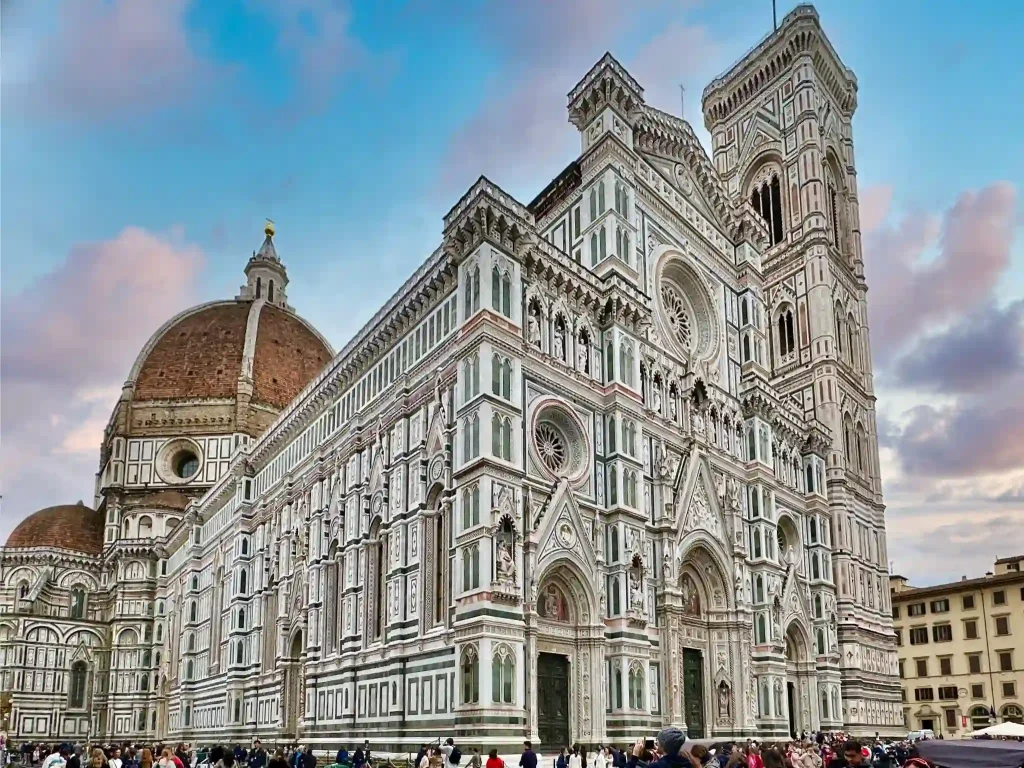
Conclusion
Florence Cathedral is a must-visit destination for anyone interested in history, art, and architecture. Its breathtaking beauty, rich history, and cultural significance make it an essential stop on any trip to Florence. By following this comprehensive guide, you can ensure a fulfilling and respectful visit, appreciating the wonders of this Renaissance masterpiece.
Plan your trip to Florence Cathedral today and embark on a journey that promises to be both awe-inspiring and educational. Whether you’re climbing the iconic dome, exploring the intricate details of the façade, or admiring the artworks within, Florence Cathedral offers an experience that will leave a lasting impression.
Links
Go To Europe
Go to Asia
Go To Africa
Go to America
-
Florence Cathedral (Duomo), Italy: A Comprehensive Tourist Guide
Florence Cathedral (Duomo), Italy: A Comprehensive Tourist Guide Florence Cathedral, known locally as Il Duomo di Firenze, stands as a monumental testament to Renaissance architecture and […]
thecoins24 Bitcoin News Cryptocurrency airdrop theforex24 Forex News Aypa Group Aypa Website developer Aypa SEO
italyeducation تحصیل در ایتالیا تحصیل رایگان در ایتالیا پذیرش تحصیلی در ایتالیا دانشگاه های ایتالیا بورسیه تحصیلی ایتالیا Aypa Digital Marketing Forex Calculator

